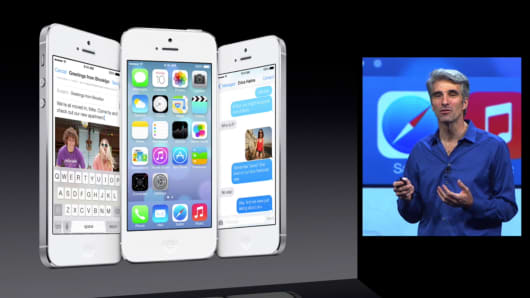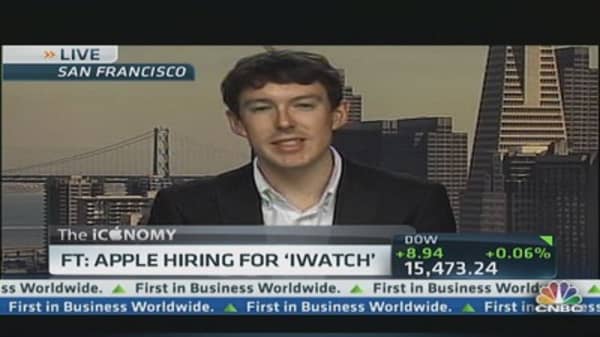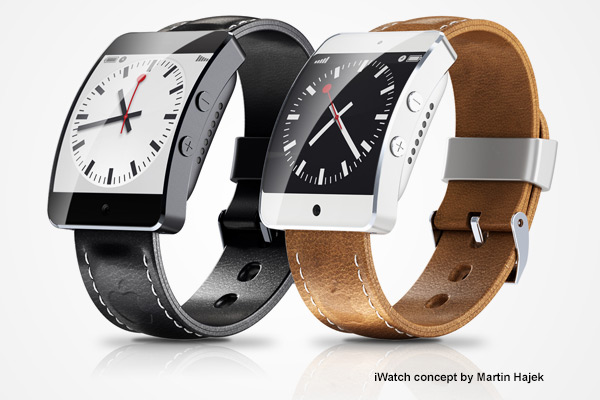"If everyone is busy making everything, how can anyone perfect anything? We start to confuse convenience with joy. Abundance with choice. Designing something requires focus. The first thing we ask is: What do we want people to feel? Delight. Surprise. Love. Connection. Then we begin to craft around our intention. It takes time. There are a thousand no's for every yes. We simplify, we perfect, we start over, until everything we touch enhances each life it touches. Only then do we sign our work: Designed by Apple in California."
Those were the words that appeared in a video shown at the opening of Apple's Worldwide Developers' Conference last month.
The message was simple: Apple doesn't design noise, it aims to design substance, a point Apple may have felt pressure to emphasize considering that the Googles and Samsungs of the world continue to be championed as the new kings of design and innovation.
(Read more: This could threaten Apple's iPhone )
The heart of Apple is its power to create products everyone wants to have, including its competitors, said Bruce "Tog" Tognazzini, a human-computer interaction specialist at Nielsen Norman Group, who was also one of Steve Jobs early hires. This is why its competitors have continually cloned the company's products, he said.






